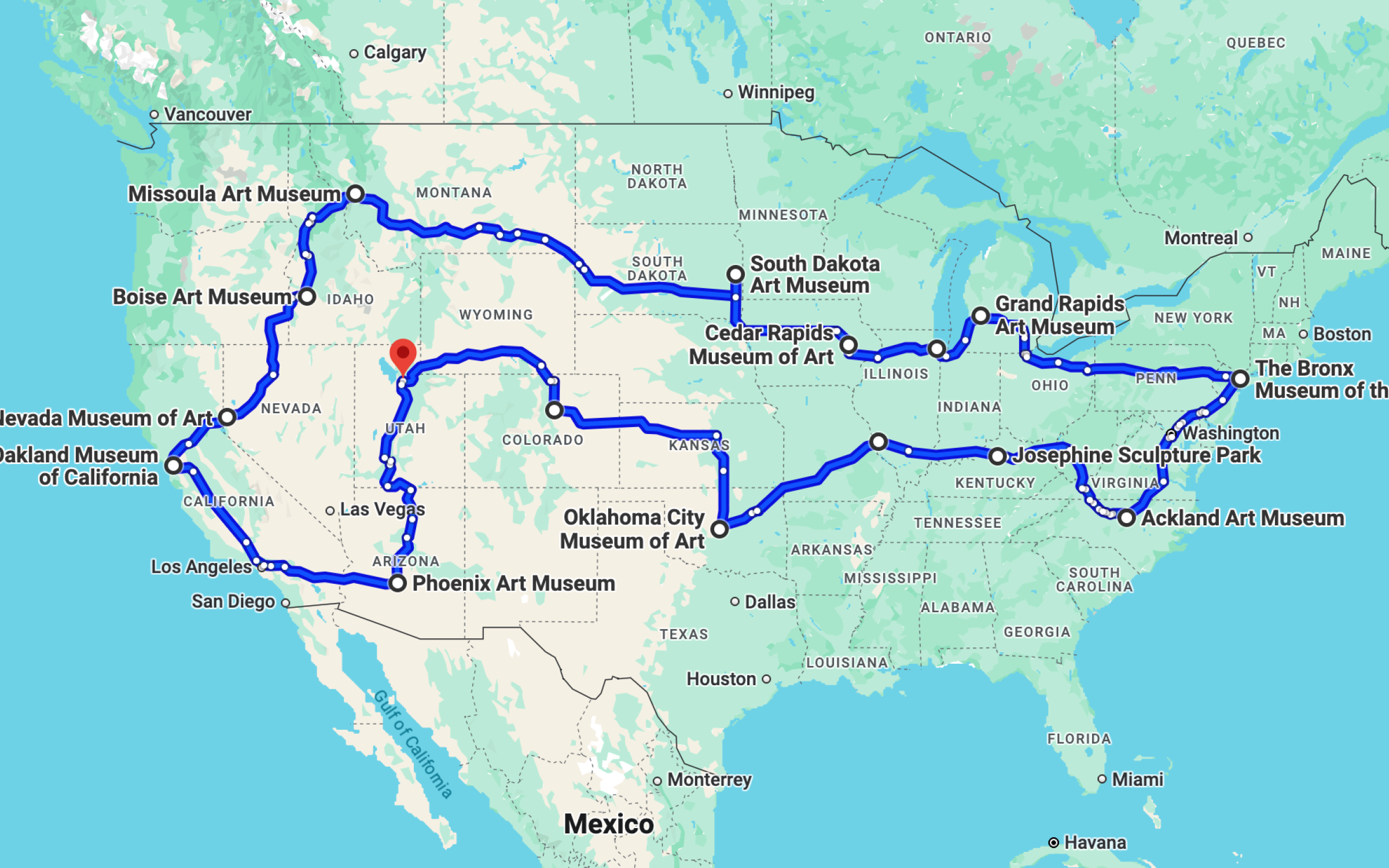
By J. Attridge, UMFA communications coordinator
The weather is getting warmer, school is almost out, and it is finally road trip season! You may not know this, but gas station hot dogs, beef jerky, and trail mix pair perfectly with fine art. If you don’t believe me, you’ll just have to try it for yourself! (To be clear, road trip snacks pair well with looking at art not eating it. Please don’t take any bites out of the collection!)
What better way to support the arts and test this pairing than a cross-country museum crawl starting and ending right here at the Utah Museum of Fine Arts! Did you know that Art Lover, Patron, and Sponsor level UMFA memberships grant you free admission to over 1,400 other museums and cultural institutions? That’s because the Utah Museum of Fine Arts is a part of the North American Reciprocal Museum (NARM) Association. The NARM Association is “an extensive network of hundreds of cultural institutions across Bermuda, Canada, the Cayman Islands, Mexico, Puerto Rico and the United States. It connects their memberships for unprecedented access to arts, science, history, botanical gardens, and more.”
This roadmap for the perfect art-enthusiast road trip will explore objects, artists, galleries, and themes featured at the UMFA and connect them with their twin-flames across the country. Some of these stops like the Bronx Museum in New York and the Josephine Sculpture Garden are free for everyone regardless of membership to a NARM institution! Choose your favorite stops to create your own perfect road trip or follow the whole route to sixteen destinations and through twenty-seven states! (Buckle up, this road trip is 123 hours and over 8,000 miles long!
Brush off your membership card, pull up your digital membership on your phone, or sign up for a new membership today; Let’s get on the road!
Save the whole route on Google Maps!
Click to View a Specific Destination:
Arizona | Phoenix Art Museum
California | Oakland Museum of California
Nevada | Nevada Museum of Art
Idaho | Boise Art Museum
Montana | Missoula Art Museum
South Dakota | South Dakota Art Museum
Iowa | Cedar Rapids Museum of Art
Illinois | National Museum of Mexican Art
Michigan | Grand Rapids Art Museum
New York | The Bronx Museum of the Arts
North Carolina | The Ackland Art Museum
Kentucky | Josephine Sculpture Park
Missouri | Kemper Art Museum
Oklahoma | Oklahoma City Museum of Art
Colorado | Museum of Contemporary Art Denver
Utah | Utah Museum of Fine Arts
Arizona | Phoenix Art Museum
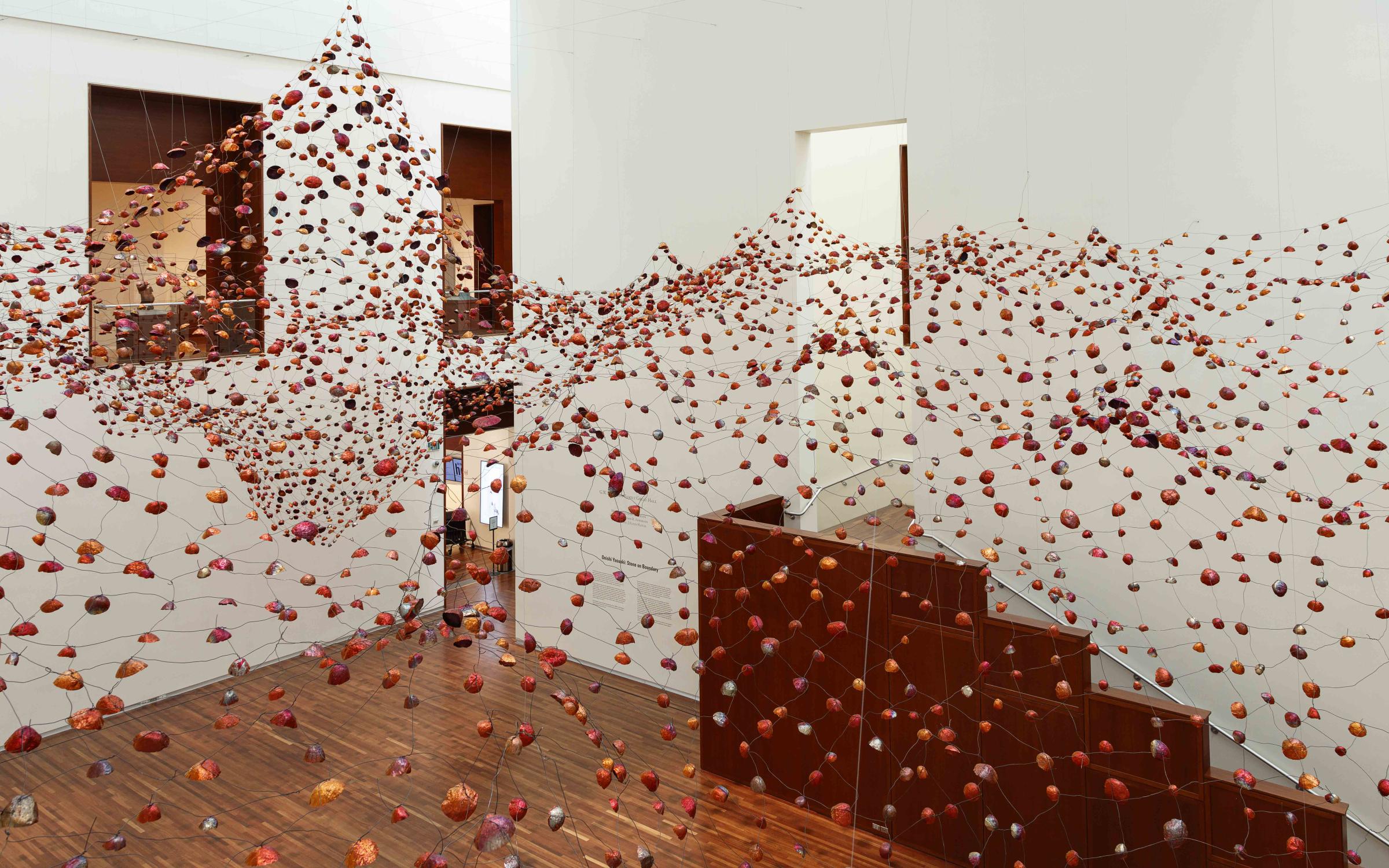
Stone on Boundary transformed the Great Hall at the Utah Museum of Fine Arts, and if you would like to see more transformative installations use your NARM benefits to visit the Phoenix Art Museum in Arizona. Incredible installations like Carlos Amorales: Black Cloud and the Fireflies Infinity Mirror Room envelop you and inspire the same sense of wonder that you experience gazing up at Onishi Yasuaki's Stone on Boundary.
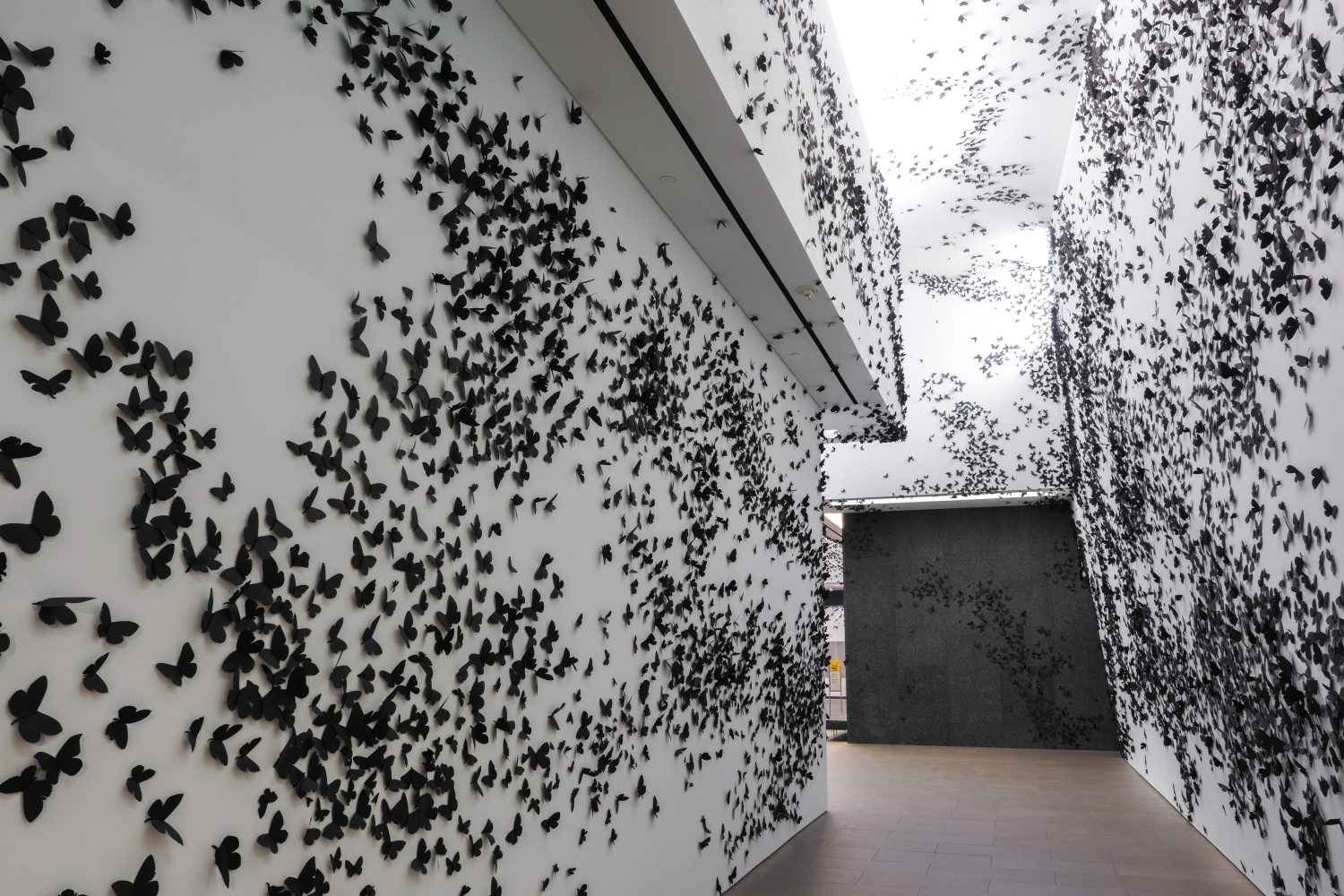
The artist behind Black Cloud, Carlos Amorales, has described his installation as “his way of saying goodbye to his grandmother”. The installation is made up of 25,000 black paper moths and butterflies of 30 different species.
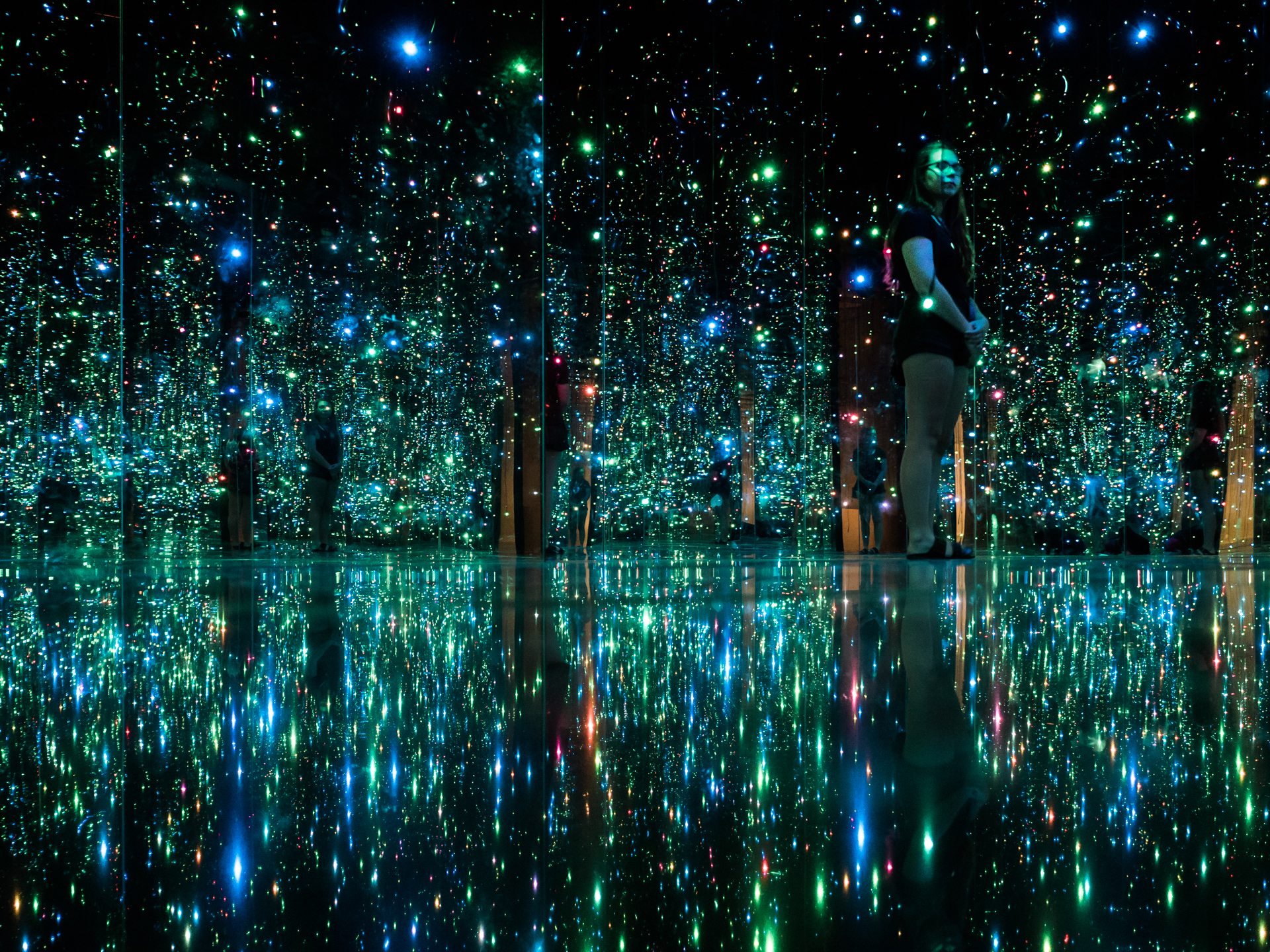
A few years ago, I had the incredible opportunity to see You Who are Getting Obliterated in the Dancing Swarm of Fireflies (the installation in the Fireflies Infinity Mirror Room) and it was frankly magical. Lights surround you on all sides, from above and from below, interrupted only by your own reflection and the reflections of the other guests experiencing the room with you. It is disorienting and I remember barely resisting the urge to wave my arms around like a child! It was like being in an alien world or an animated movie. Like Stone on Boundary, the experience is pure magic!
California | Oakland Museum of California
A reliable face at the Utah Museum of Fine Arts, Viola Frey’s Ethnic Man, has many ‘siblings’ around the world including one from the American Nude Series, Woman with Elbow on Raised Knee. You can find Frey’s signature (her handprint) on the foot of Ethnic Man at the UMFA. Can you locate her signature on Woman with Elbow on Raised Knee? This towering 87 inch (7.25 foot) tall ceramic sculpture is currently on view in the Garden at the Oakland Museum of California! Notice the similarities in both statue’s color palettes, size, and texture!
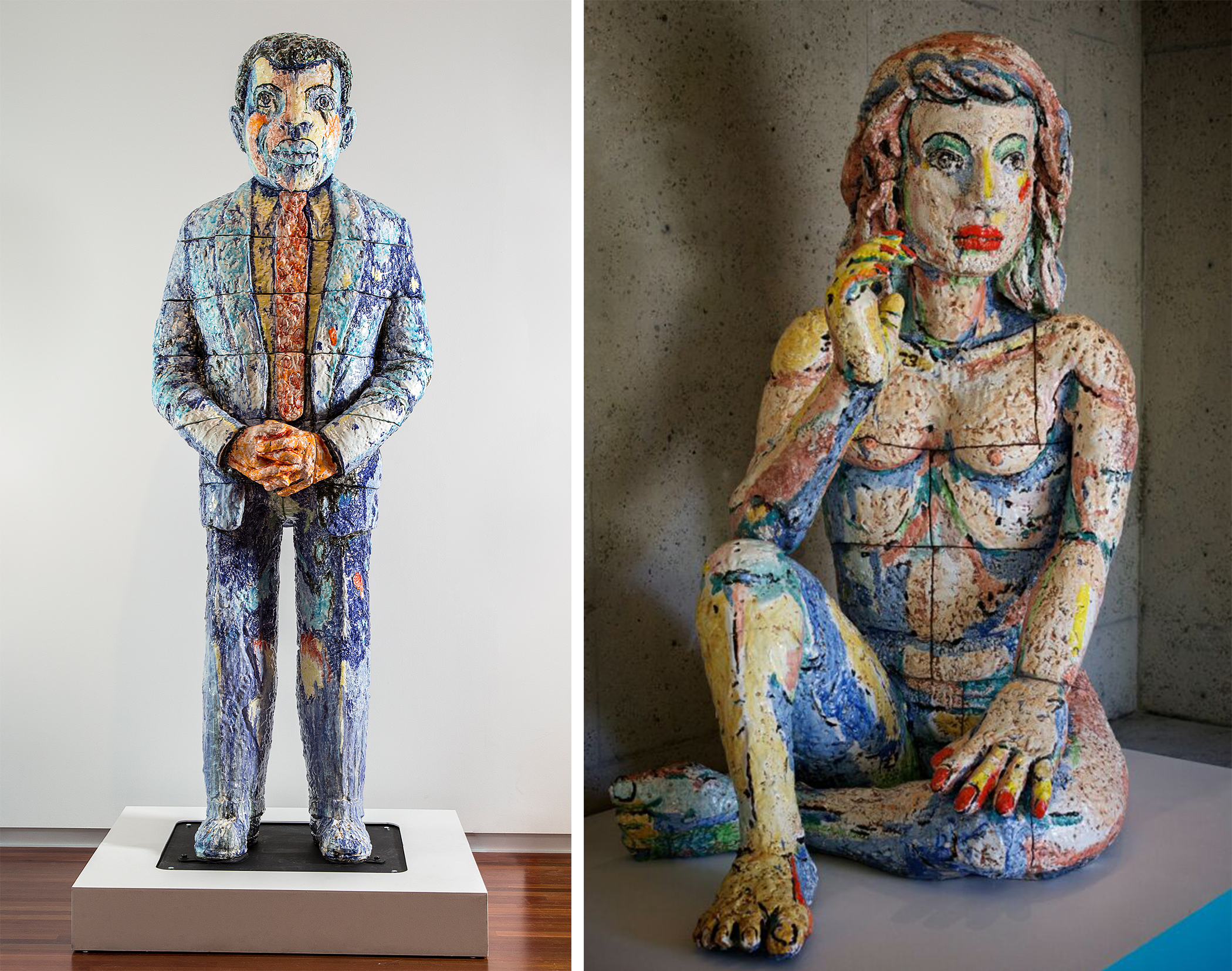
Viola Frey is best known for her large ceramic sculptures like those above, but she also created glass and bronze sculptures, paintings and drawings. In her career, spanning more than 40 years, she explored social constructs, marks of civilization, gender dynamics. Her work pushed the boundaries of ceramic sculpture and bridged the gap between fine art and craft. In order to create her signature monumental sculptures (often weighing thousands of pounds) with a traditionally small-scale medium, she had to create her sculptures in multiple pieces, with extreme precision, so they could be assembled after firing. A previous director of collections and exhibitions at the UMFA, David Carroll, recalled (with barely concealed terror) having to use a scissor lift to assemble Ethnic Man piece by piece. Listen to him tell the story himself in a STQRY audio stop!
Nevada | Nevada Museum of Art
There are new works by Indigenous American artists on view in the North American Art gallery and the Global contemporary galleries at the UMFA These works include two works by Luiseño (Payómkawichum) artist Fritz Sholder.

If you’d like to see more works by accomplished Native American artists just hop one state to the west and visit the Nevada Museum of Art to explore The Art of Judith Lowry. Judith Lowry chronicles “the stories of her family and the legends, traditions, and complexities of her Indigenous ancestry” in large-scale colorful paintings. Lowry, an accomplished Native American artist and enrolled member of the Pit River Tribe, considers her work paintings “a modern extension of storytelling and a way of recording the oral histories of her family and community.”
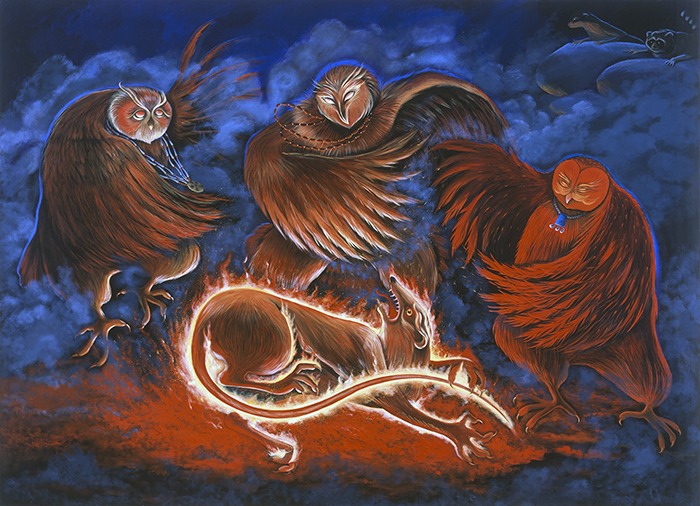
In the same gallery, explore works by some of the West Coast’s most notable Native American artists, gifted to the Nevada Museum of Art by Judith Lowry and her husband Brad Croul. The Lowry & Croul Collection of Contemporary Native American Art features works by contemporary Native American artists including Lorena Gorbet, Harry Fonseca, and Frank LaPena, and more! The Art of Judith Lowry and The Lowry & Croul Collection are on view through mid-November, 2025 at the Nevada Museum of Art.
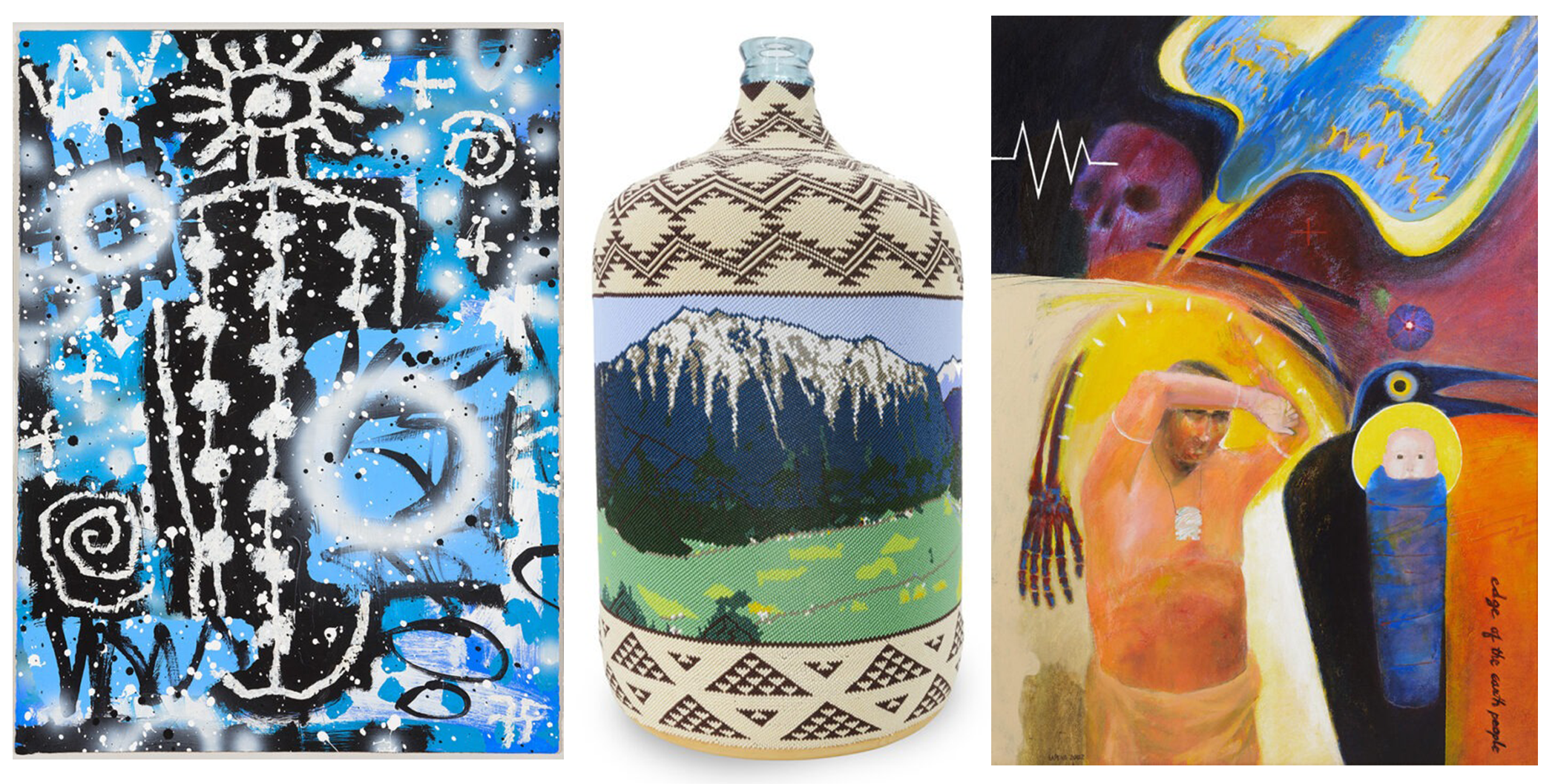
Idaho | Boise Art Museum
If you, like me, are compelled by the strange and mysterious world of abstract art you are probably a regular visitor to the Global Contemporary gallery at the UMFA and will love Visual Language: The Art of Abstraction at the Boise Art Museum (BAM)! The gallery at the UMFA is home to some of my favorite abstract and non-representational works from contemporary artists. Including a loan of Felix Gonzolez-Torres's Untitled (L.A.) and BAM is home to some of my new favorites!
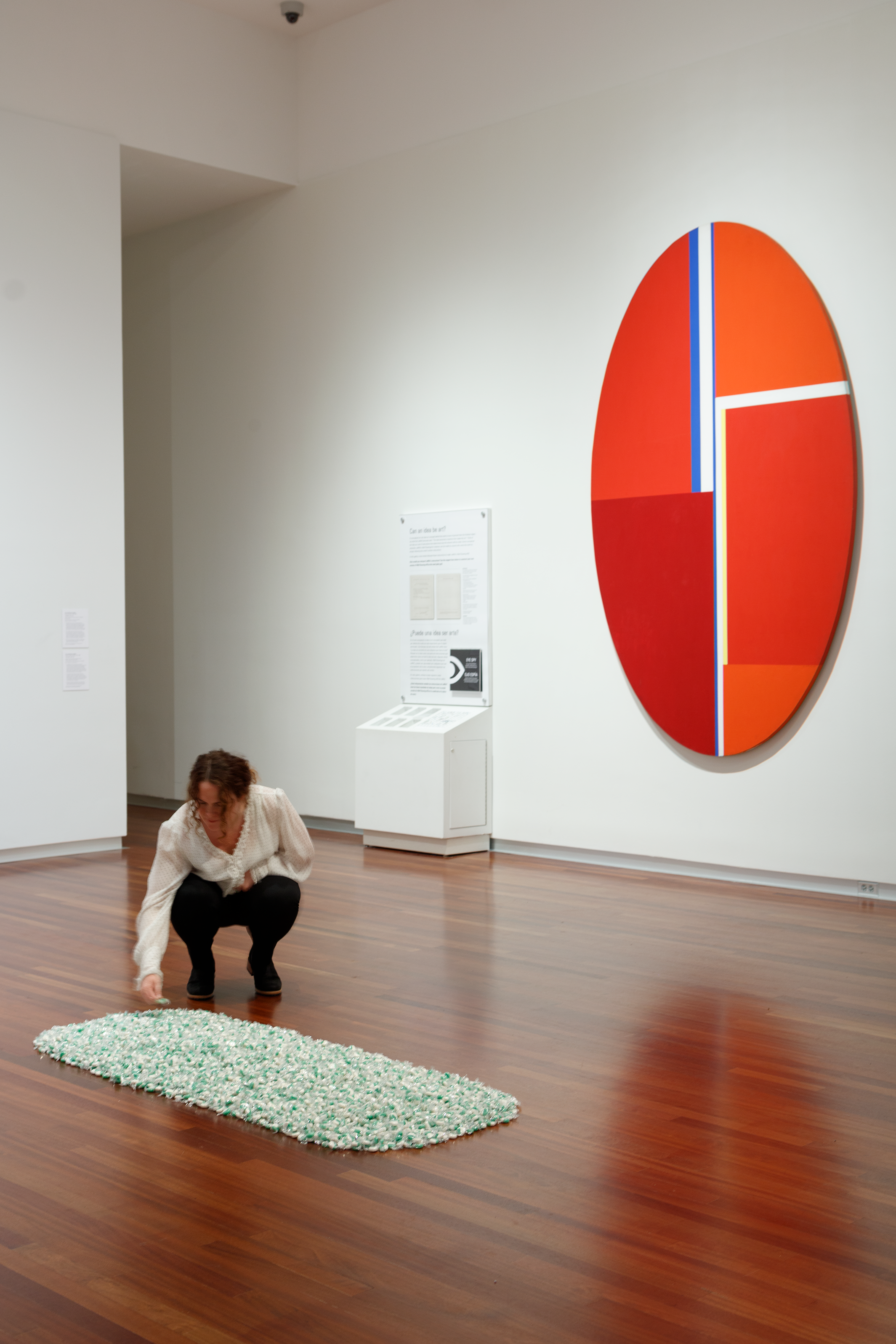
Abstract artists are often inventive and uniquely creative when it comes to their methods. Helen Frankenthaler developed her own “soak-stain” technique. Frankenthaler thinned her paint and stained raw canvas rather than applying paint on top of a raw canvas. The process encourages paint to seep deep into the fibers of the canvas and the results of her innovative technique emphasized the flat planes of color rather than the materiality of visible brushstrokes or paint. If you are compelled by the abstract works at the UMFA like Helen Frankenthaler’s Wizard, John McLaughlin’s color field painting #21 or the over 9-foot-tall painting Ellipse by artist Ilya Bolotowsky, then you’ll love this next stop!
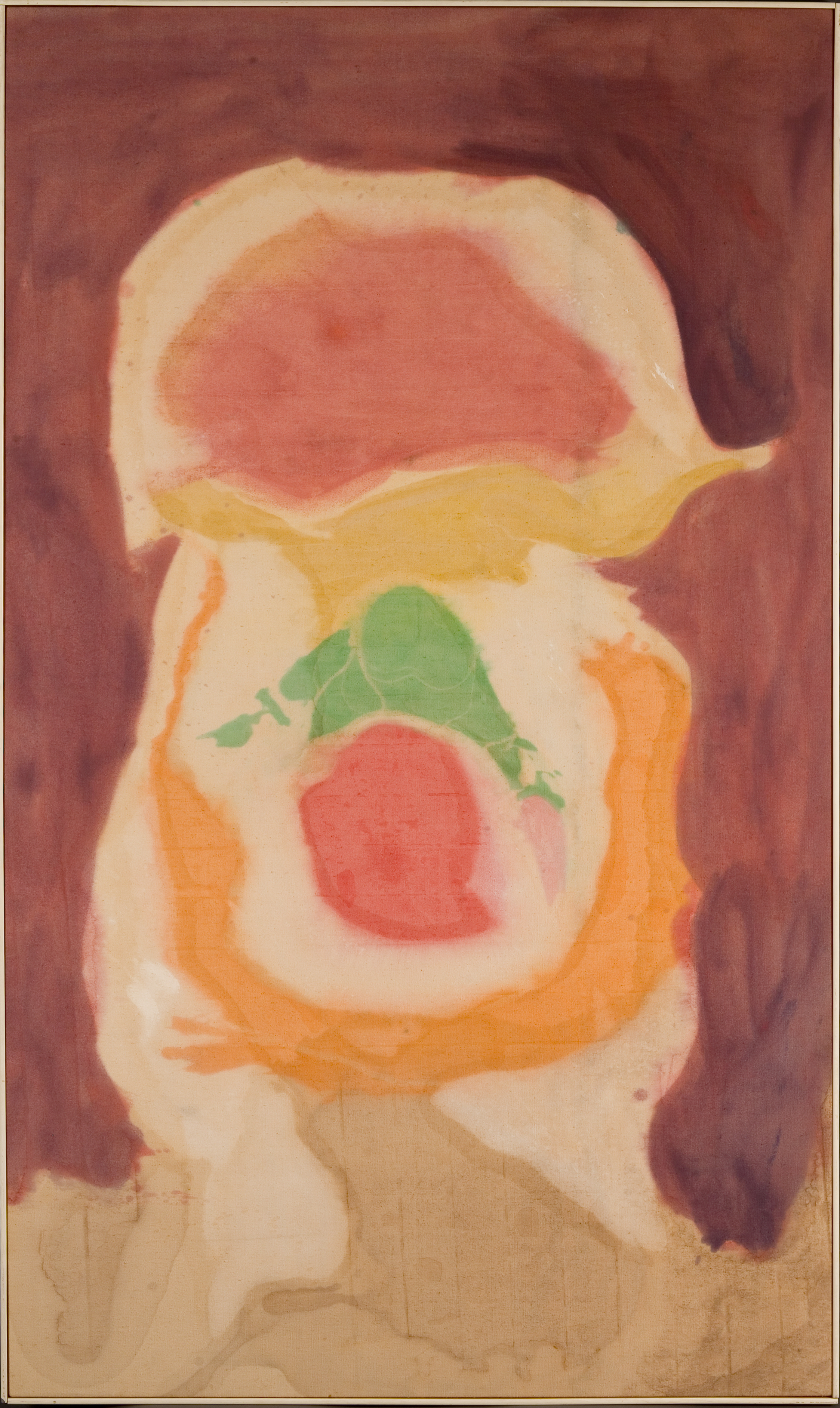
Visual Language: The Art of Abstraction at the Boise Art Museum presents “A cross-section of abstract artwork, created by the most significant American abstract artists working from the 1980s through the early 2000s, features Color Field paintings, lyrical abstraction, and minimalism... This exhibition surveys the range of abstract art in which artists use the visual language of art—line, color, pattern, value, shape, and texture—to express meaning and emotion.”
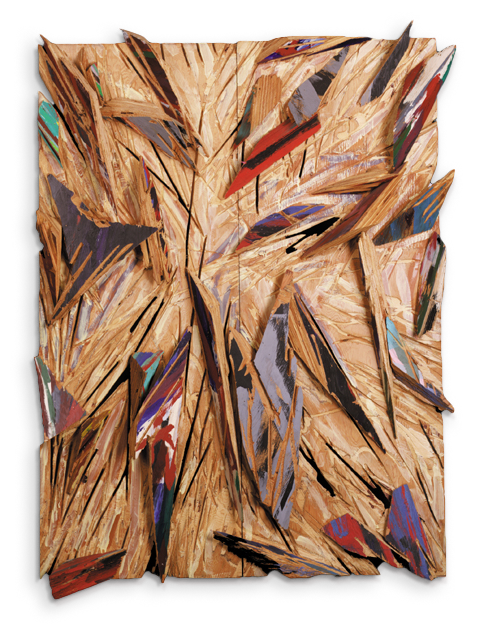
Montana | Missoula Art Museum
The North American Art gallery at the Utah Museum of Fine Arts features numerous works by Indigenous North American artists like Maria Martinez, Popovi Da, and Fritz Sholder! There are also two marble busts by an artist of African and Oijbwa descent. Edmonia Lewis created these two busts based on the epic poem “The Song of Hiawatha” (1855) by Henry Wadsworth Longfellow inspired this pair of marble portrait-like busts. The Ojibwa warrior, Hiawatha, and Lakota woman, Minnehaha, were ill-fated lovers from warring tribes. The poem’s themes of peace and reconciliation had particular poignance for Americans following the Civil War.
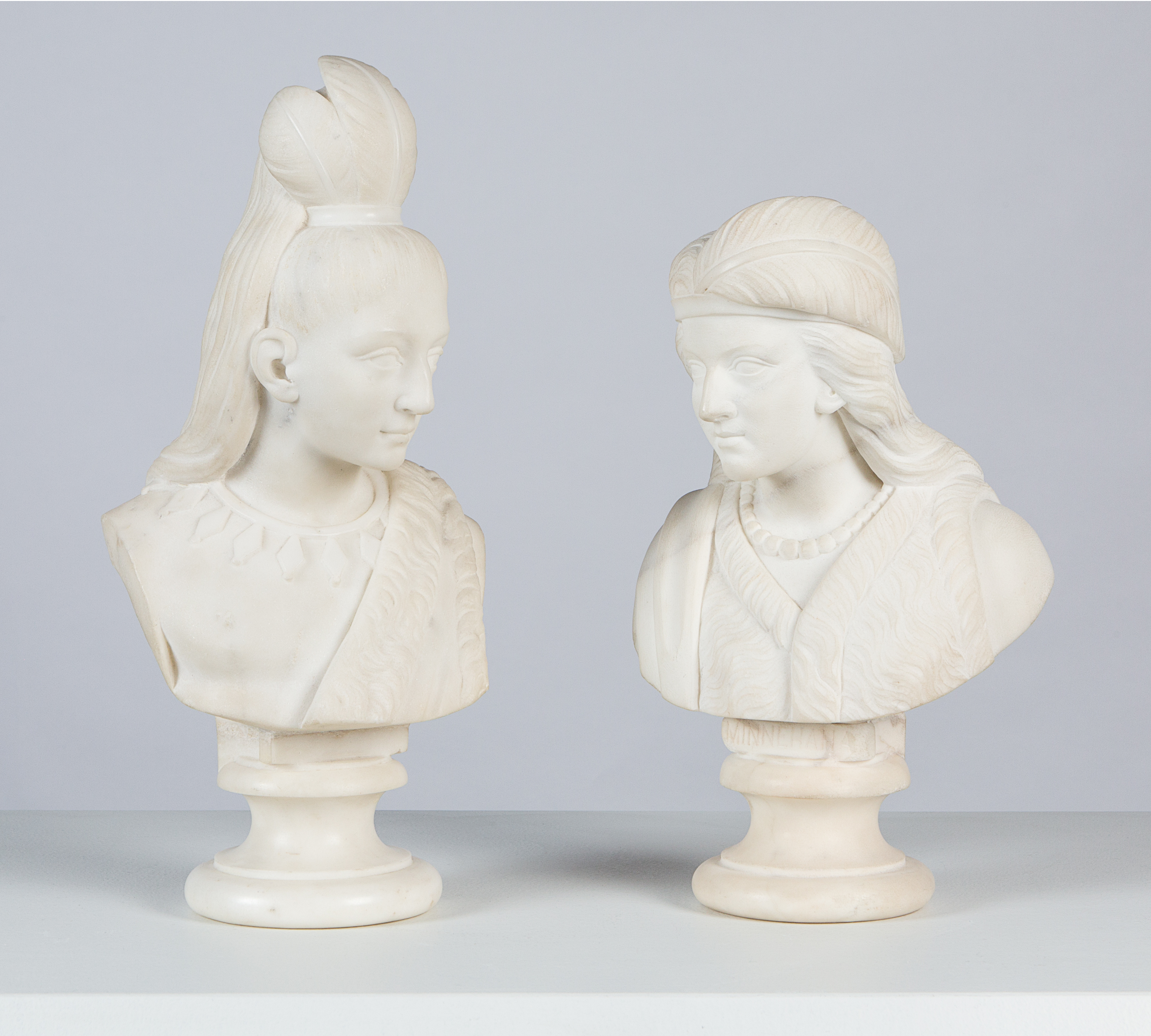
If you’re interested in seeing more works by Native artists. Check out the exhibition Good Relations: Contemporary Native Artists in the MAM Collection and the Contemporary American Indian Art collection at the Missoula Art Museum!
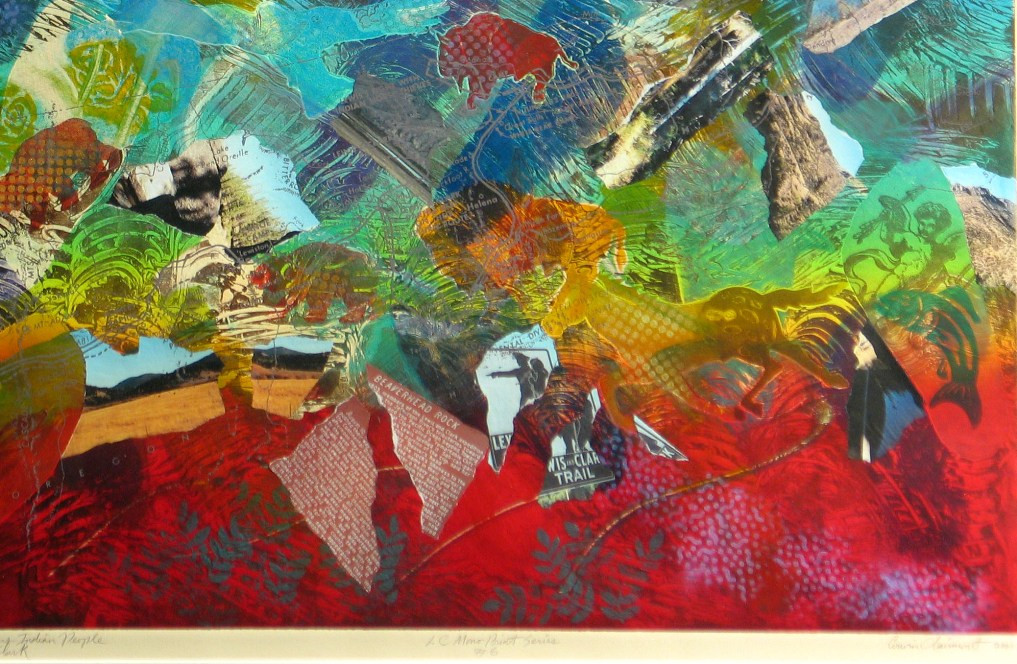
South Dakota | South Dakota Art Museum
Did you enjoy the inside look at conservation offered by Chiura Obata: Layer by Layer at the UMFA in 2024? Then you’ll love Sharing the Care: Stories of Conservation Collaborations at the South Dakota Art Museum (SDAM), on view through June 15, 2025. The exhibition at SDAM explores the process of art conservation, from examination, documentation, treatment, and prevention! Conservation preserves cultural objects for generations to come and is an art in and of itself.

Iowa | Cedar Rapids Museum of Art
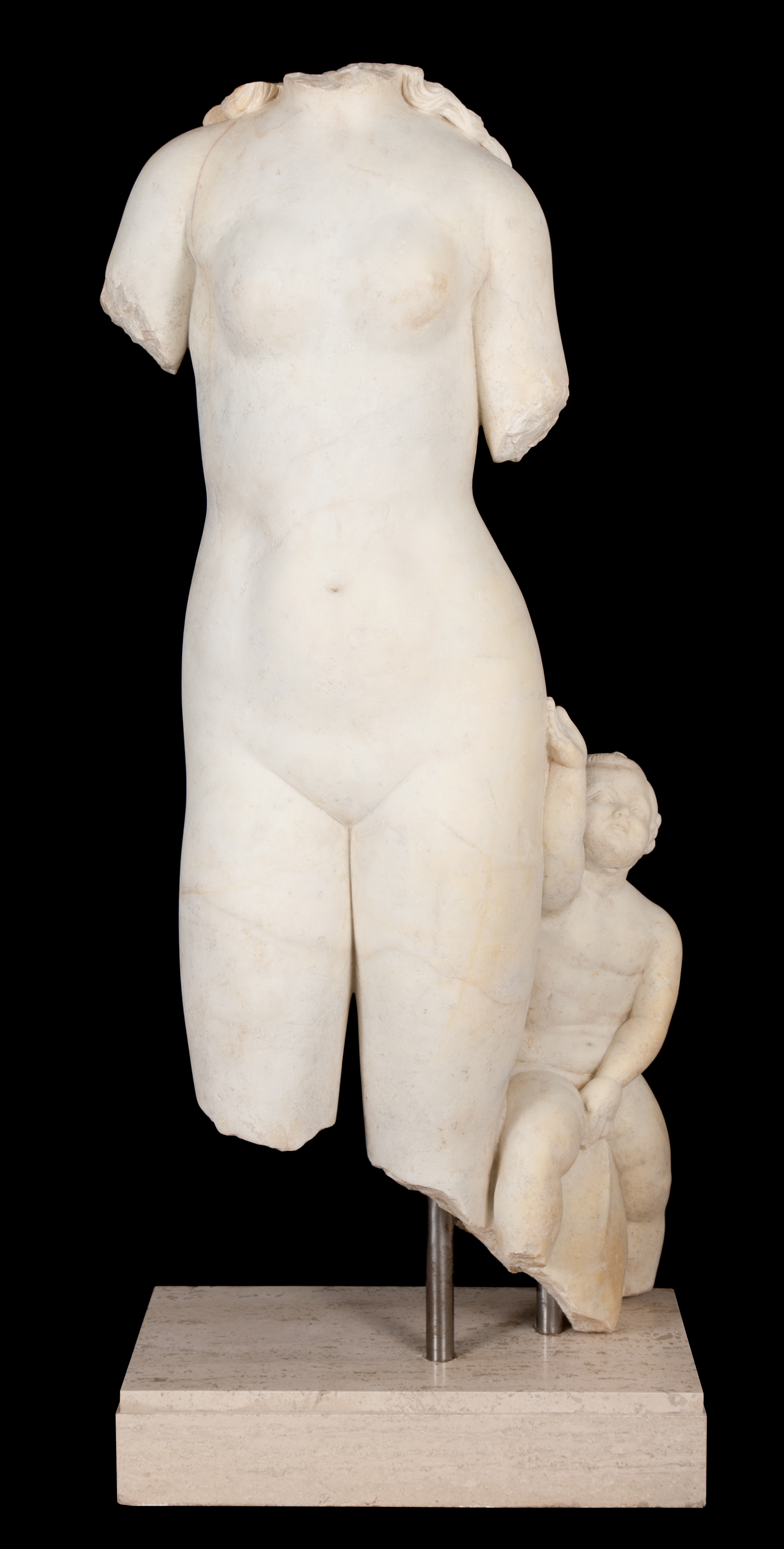
The Ancient Mediterranean Art gallery at the Utah Museum of Fine arts is filled with ancient treasures like the Roman statue of Aphrodite and Eros (above). This statue, now with a missing head, may have once depicted the facial features of a member of the imperial family. Early Roman emperors all claimed descent from Aphrodite and often incorporated their family likeness into representations of the goddess!
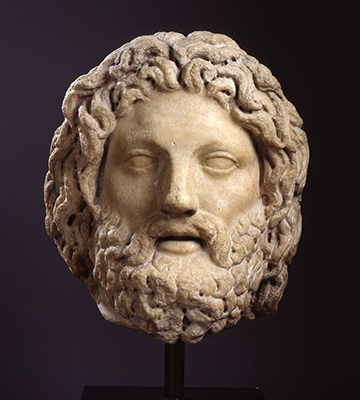
At the Cedar Rapids Museum of Art (CRMA), the Art in Roman Life gallery includes 21 Roman portrait busts, coins, ceramic lamps, and marble statues! Walking though the exhibition at CRMA takes you through more than 600 years of Roman art, from the 1st century BCE through the fall of the Roman Empire. Lovers of the UMFA’s Ancient Mediterranean gallery will love CRMA’s collection but be careful not to say these other marble statues are more beautiful than Aphrodite. (She tends to get a little vengeful, and I’d hate to see any of our dear readers’ love lives ruined or see them turned into a tree!)
Illinois | National Museum of Mexican Art
The Utah Museum of Fine Arts is home to a number of incredible works by ancient Mesoamerican artists and ancestral cultural objects from Mexico and South America. As part of the Museum’s efforts to reform the way ancient cultural artifacts are presented, a work group comprised of community members and co-led by Artes de México en Utah, and Museum staff have been hard at work since 2022 reimagining the Ancient Mesoamerican Art gallery. In October 2025 two new galleries, the Mexican Art gallery and Central and South American Art gallery, will go on view for the very first time!
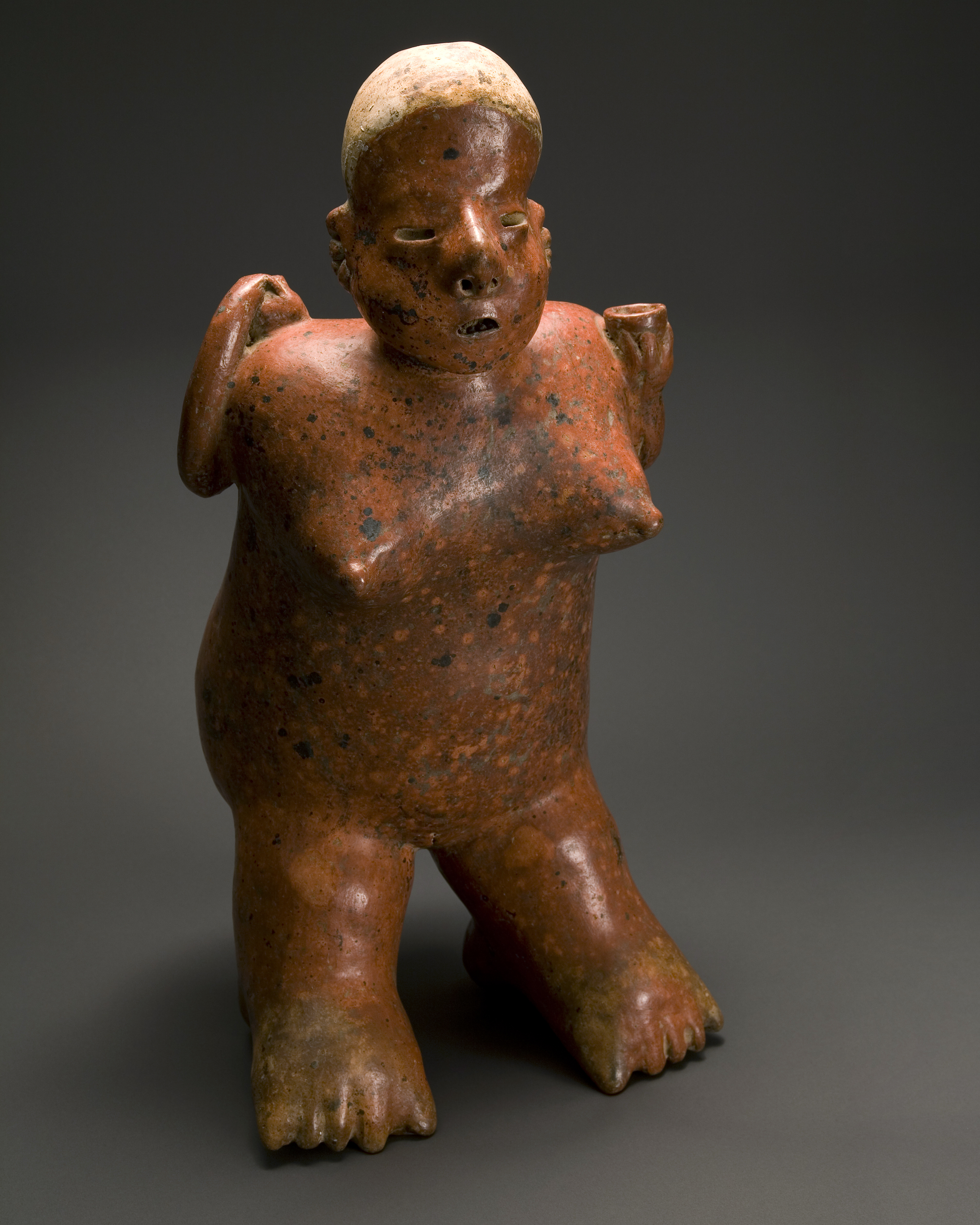
The new gallery openings at the UMFA are very exciting, but unfortunately the work in progress means that the objects have had to go off view until October. If you can’t wait for the new galleries to open, check out the National Museum of Mexican Art in Chicago! Since 1982 the National Museum of Mexican Art (originally named the Mexican Fine Arts Center Museum) has been fulfilling its mission “to stimulate knowledge and appreciation of Mexican art and culture from both sides of the border through a significant permanent collection of Mexican art, rich visual and performing arts programs, high quality arts education programs and resources and professional development of Mexican artists.” The Museum showcases “3,600 years of creativity from both sides of the border, exemplifying the diversity of Mexican culture.”
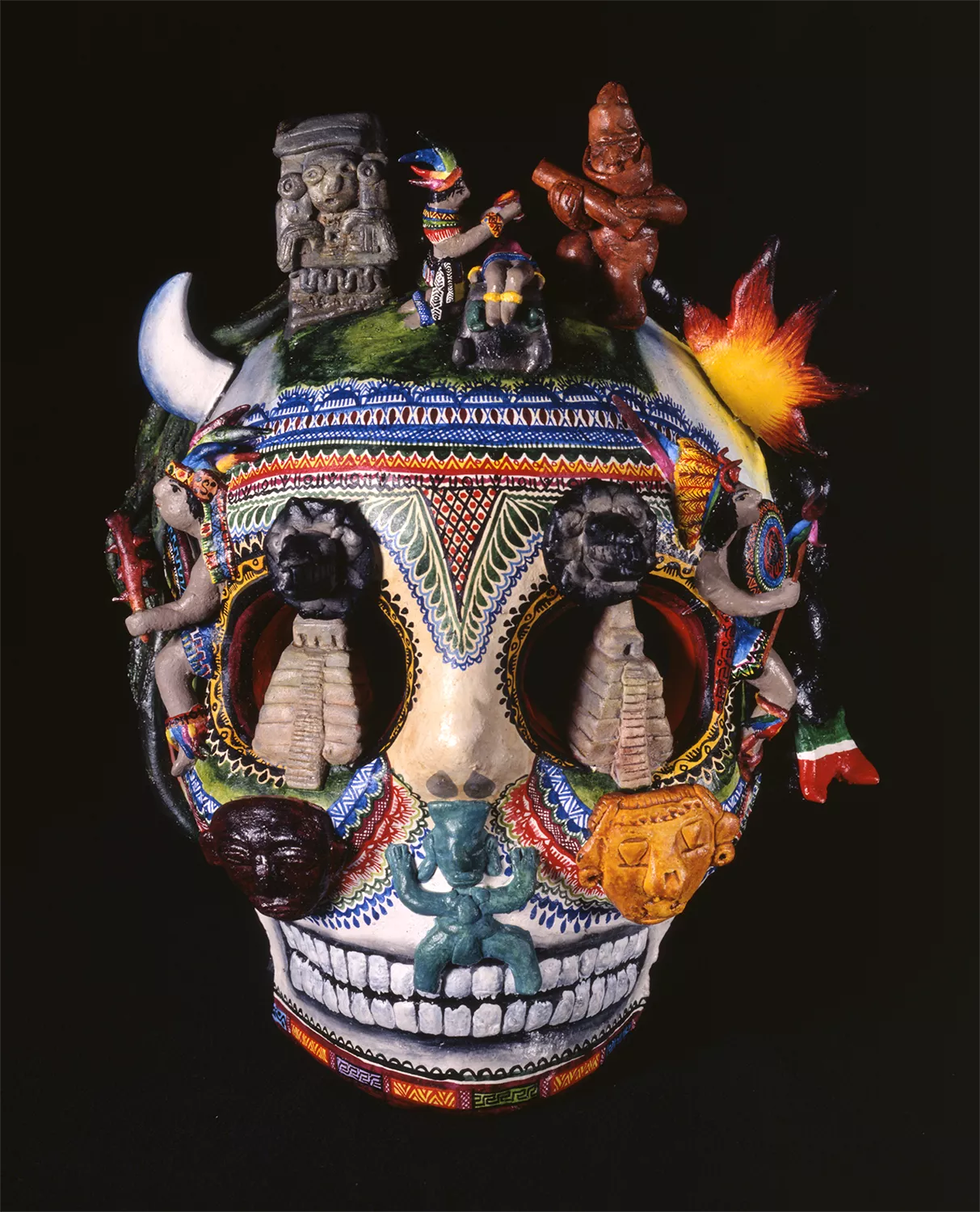
Michigan | Grand Rapids Art Museum
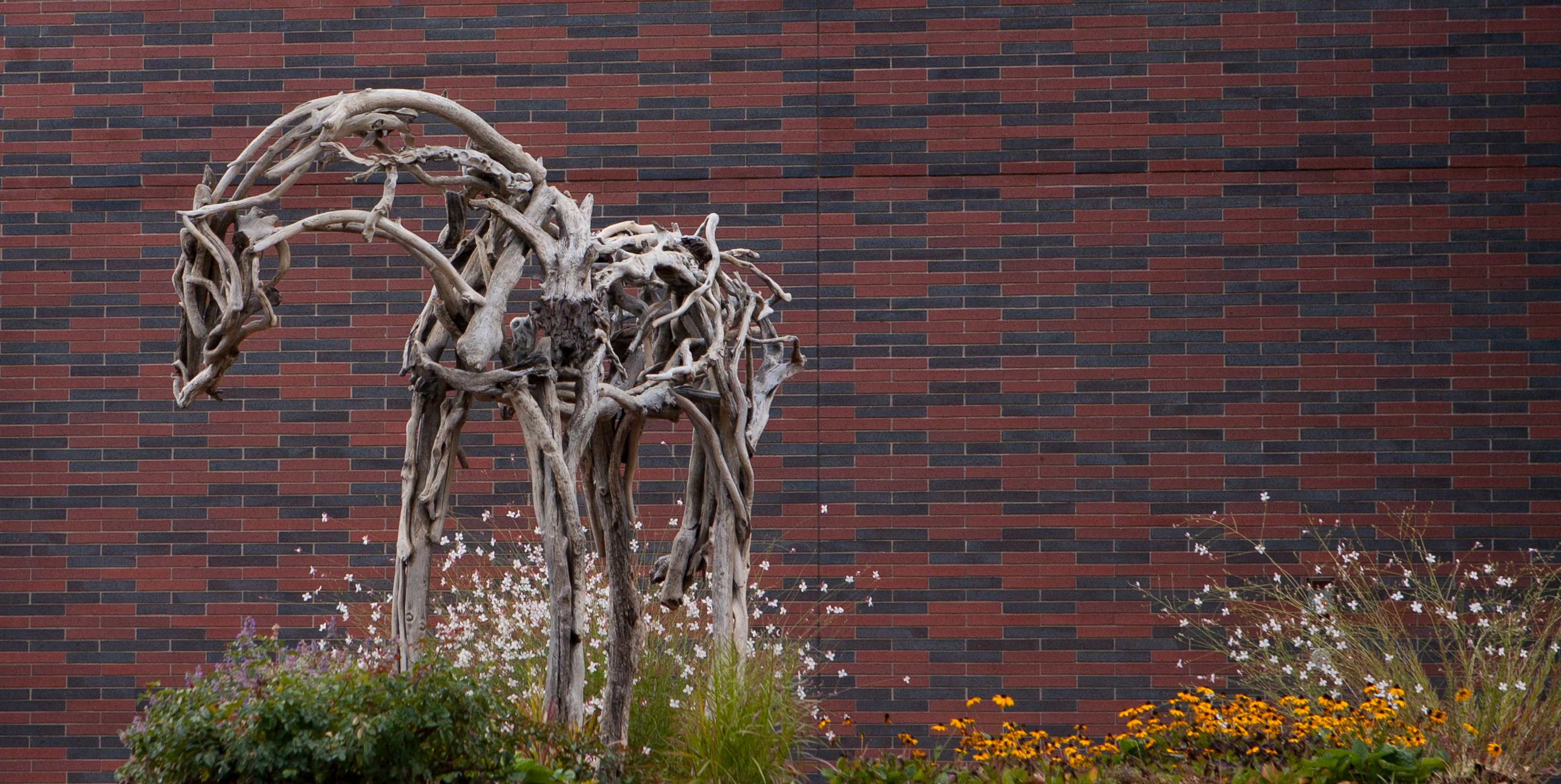
Standing guard at the front entrance of the Utah Museum of Fine Arts is statue of a large horse, Rex. This equine statue may appear to be made out of driftwood but is actually the bronze “ghost” of its driftwood model. Artist, Deborah K. Butterfield’s body of work has been singularly focused on equine statues since the 1970s. The artist originally only worked with materials like mud, driftwood, sticks, and clay. Later she incorporated reclaimed steel and scrap metal into her work and eventually she began casting her work in bronze. This casting process burns away the original wooden model leaving a unique bronze cast, or “ghost” as Butterfield calls them.

Another one of Butterfield’s ghosts is on view at the Grand Rapids Art Museum(GRAM) in Michigan. Black Jack is two years Rex’s senior, made in 1999 with patinated bronze and sealed with hot wax, while the UMFA’s Rex is painted bronze. What other differences or similarities do you notice? Do their surroundings change the way you look at the statues?
Black Jack is on the third floor of the GRAM and is a long-term loan from the Stuart & Barbara Padnos Foundation Collection.
New York | The Bronx Museum of the Arts
This next stop on the is perfect for travelers without a NARM benefitted membership. Admission to The Bronx Museum of the Arts is always free for everyone! The Bronx Museum in New York is a contemporary art museum dedicated to connecting “diverse audiences to the urban experience.”
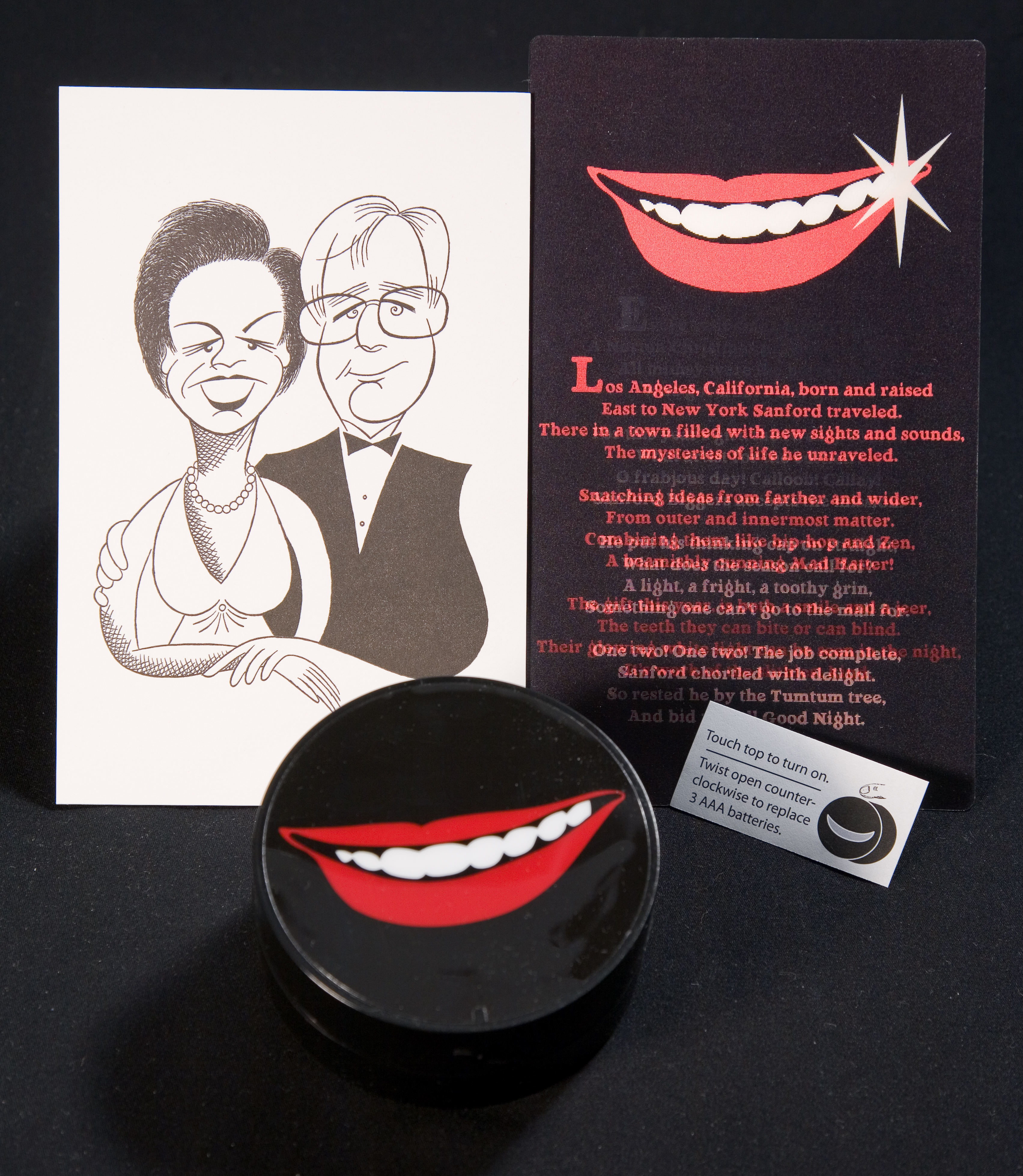
A connection that the Utah Museum of Fine Art and The Bronx Museum share is the work of contemporary artist, Sanford Biggers. Cheshire Smile, above, is a treasure in the collection, though not currently on view. The Bronx Museum is home to Afropick, an earlier work by Sanford Biggers from 2005.
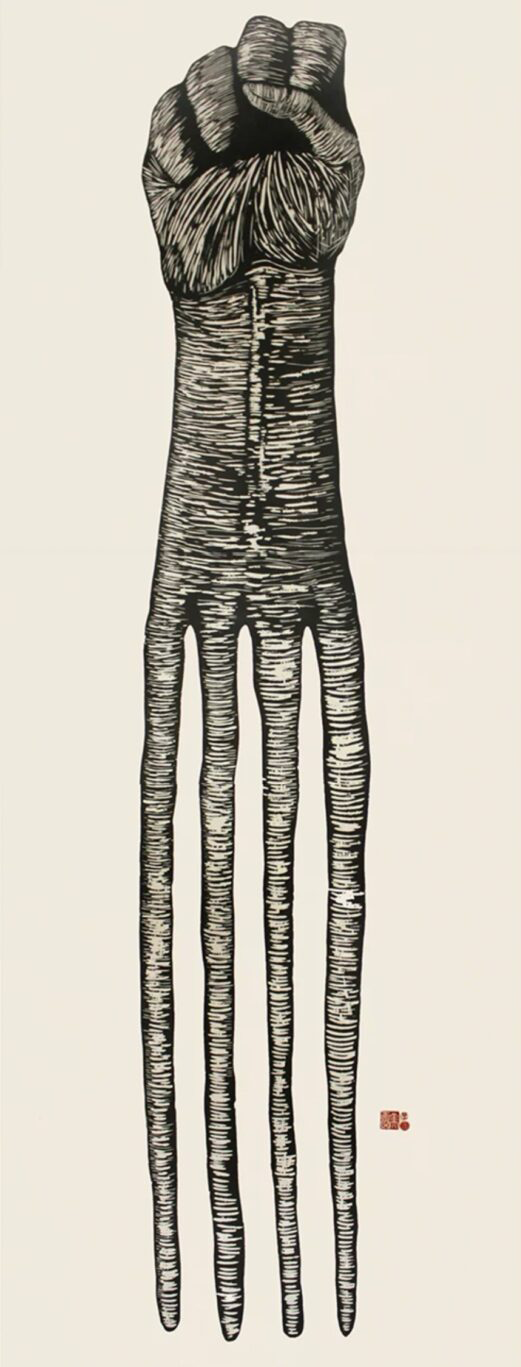
While, unlike some of the other stops on this art museum road trip, you cannot see the direct ‘sibling’ objects at each museum. However, the commonality in the permanent collections of The Bronx Museum and the UMFA shows that both museums have common themes in their mission and collecting scope. When you visit The Bronx Museum keep an eye out for artists or art movements you may recognize. You may see how the two museum’s missions and collections align even from over 2,000 miles away!
North Carolina | The Ackland Art Museum
As a destination for global visual arts, the Utah Museum of Fine Arts has art objects from every continent on Earth (with the exception of Antarctica but we’ll be ready for when a penguin or a scientist living there get ahold of art supplies.) There are galleries currently dedicated to the art traditions of Europe, the Pacific, the Americas, the Mediterranean, Japan, East and West Asia, and Africa! The Arts of Africa gallery at the UMFA showcases the extraordinary scope of artistic practice from twenty-one African cultures! The gallery includes figurative sculptures, elaborate masks, digital art, and headdresses used in dance to honor important life and societal events or entertainment.
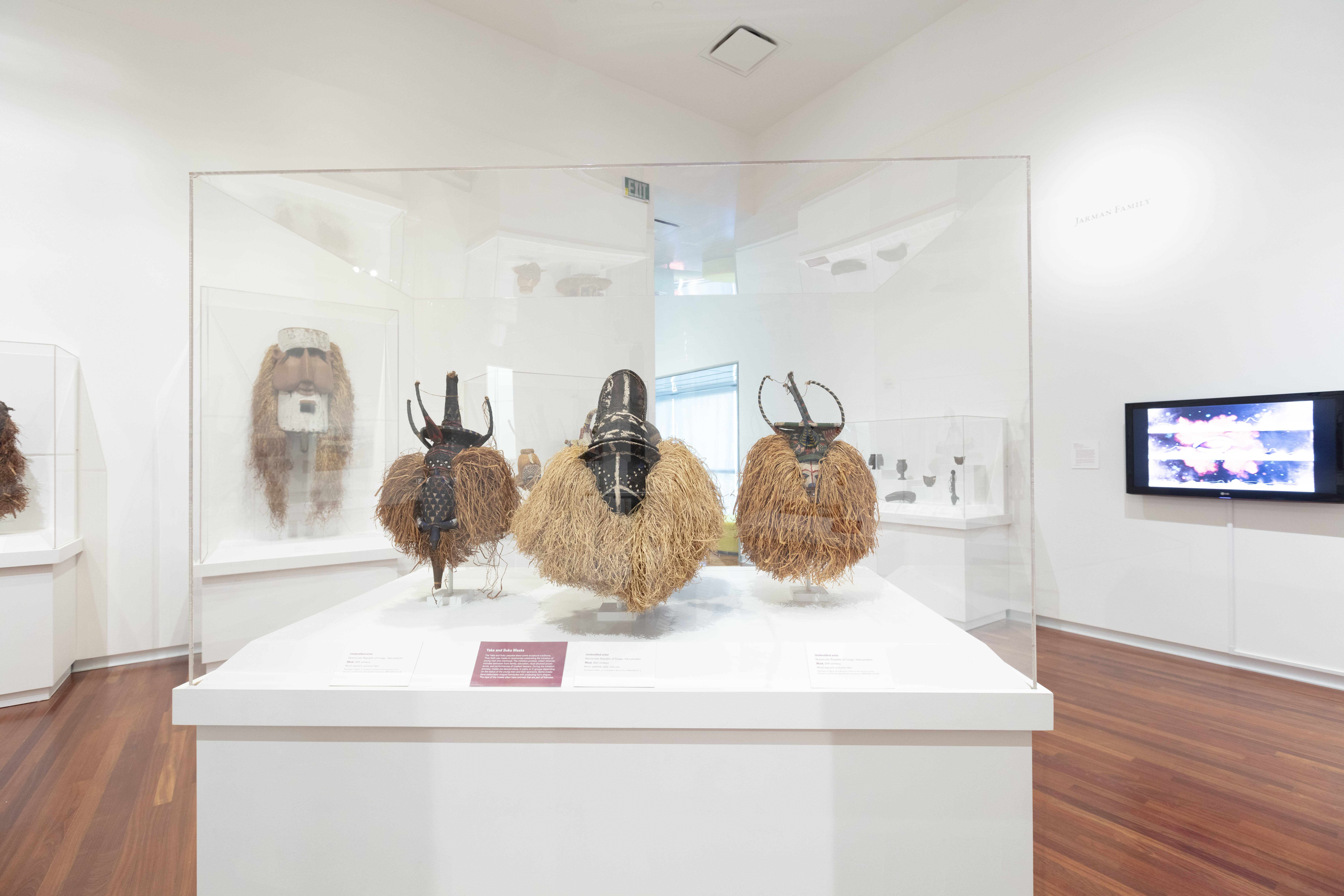
Most of the Arts of Africa gallery at the UMFA is dated to the 20th century, but if you want to dive into the Classical African Art this next stop is for you! The Ackland Art Museum, at the University of North Carolina at Chapel Hill, has a permanent gallery dedicated to the Classical Art of Africa.
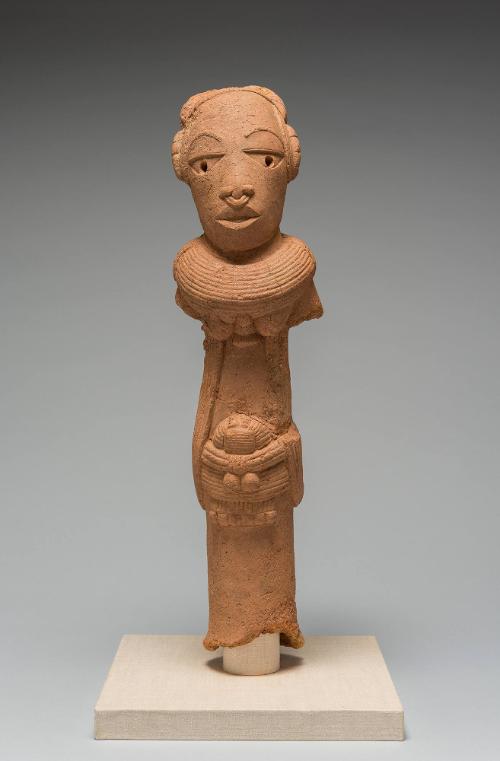
Kentucky | Josephine Sculpture Park
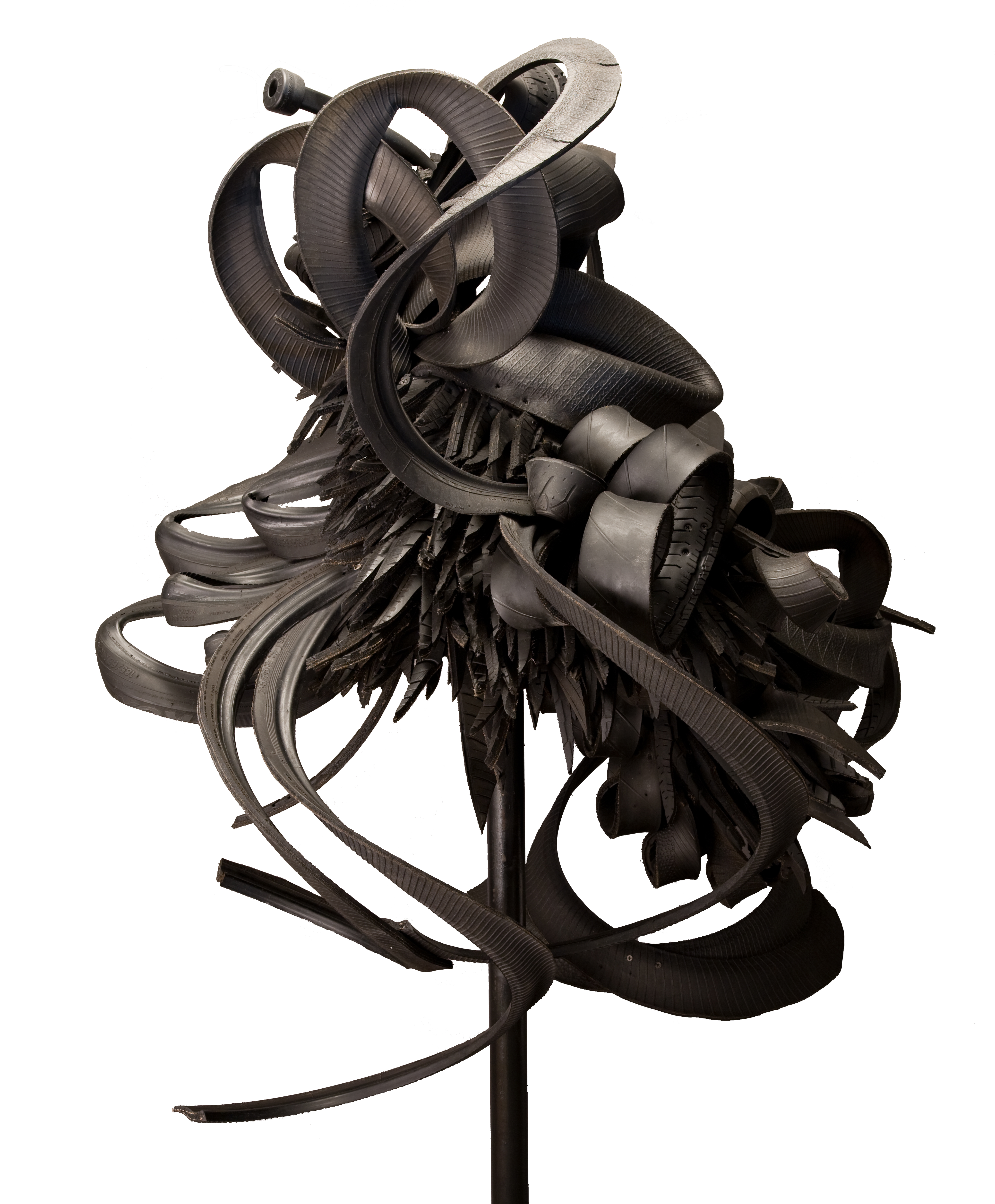
Chakaia Booker is an American sculptor known creating monumental abstract works out of reclaimed materials like tires and stainless steel. Her 2008 work, Discarded memories, is currently on view in the Global Contemporary gallery at the Utah Museum of Fine Art. Booker creates her sculptures by slicing and manipulating her materials to create abstract patterns that are akin to African textiles and body decoration. Discarded memories, reflects the wear and tear of life, while also critiquing the industrialization, consumer culture, urban waste, and environmental concerns that are at the forefront of the 21st century.
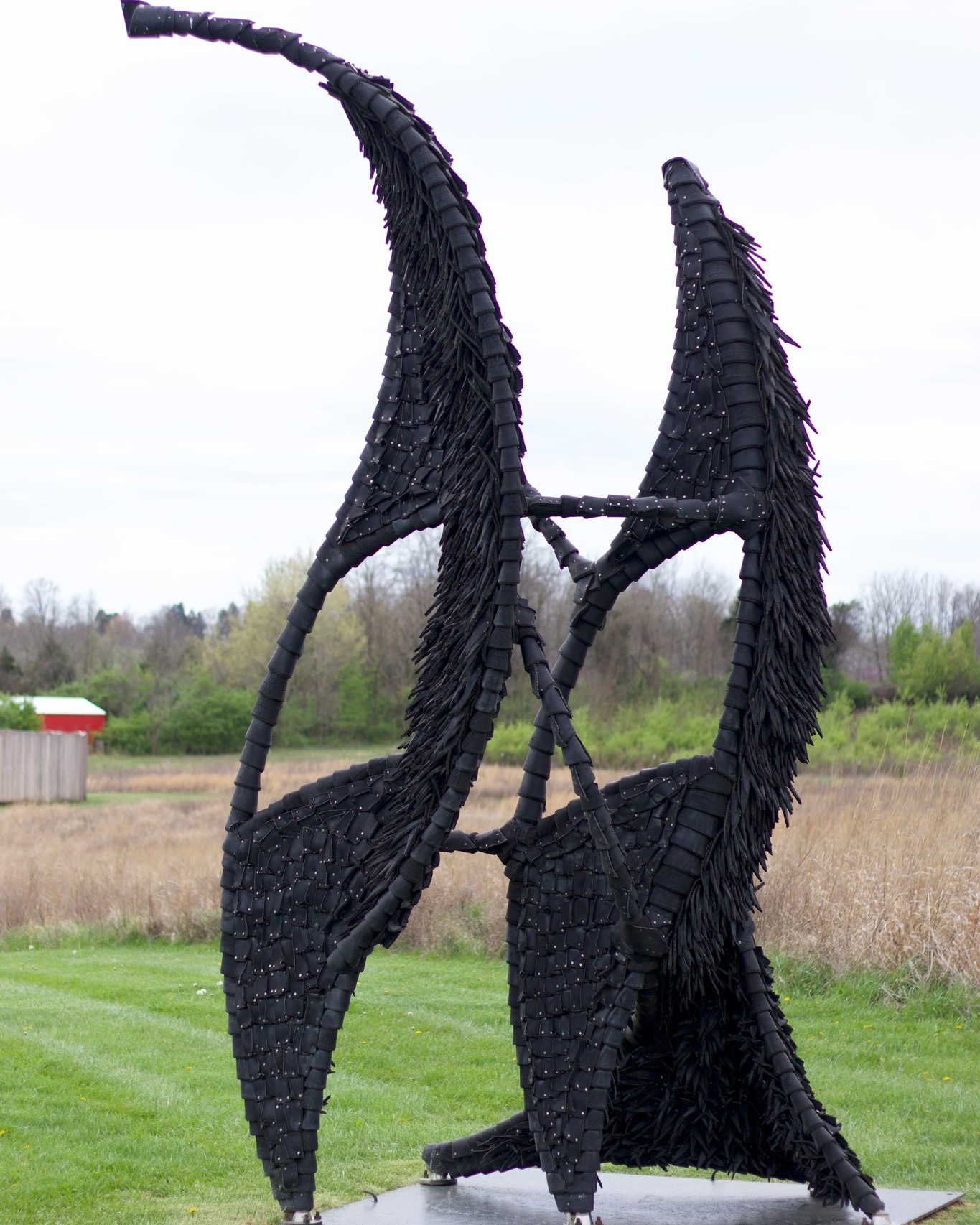
Another of Booker’s sculptures, Shapeshifter, is currently on view in the Josephine Sculpture Park (JSP) in Kentucky! The sculpture park is free for anyone to visit every day of the year, but NARM members receive a 10% discount at JSP's community partner gift shop, Completely Kentucky! (Of course, the art is always the most important part of a museum visit... but the gift shop is a close second!)
Missouri | Kemper Art Museum
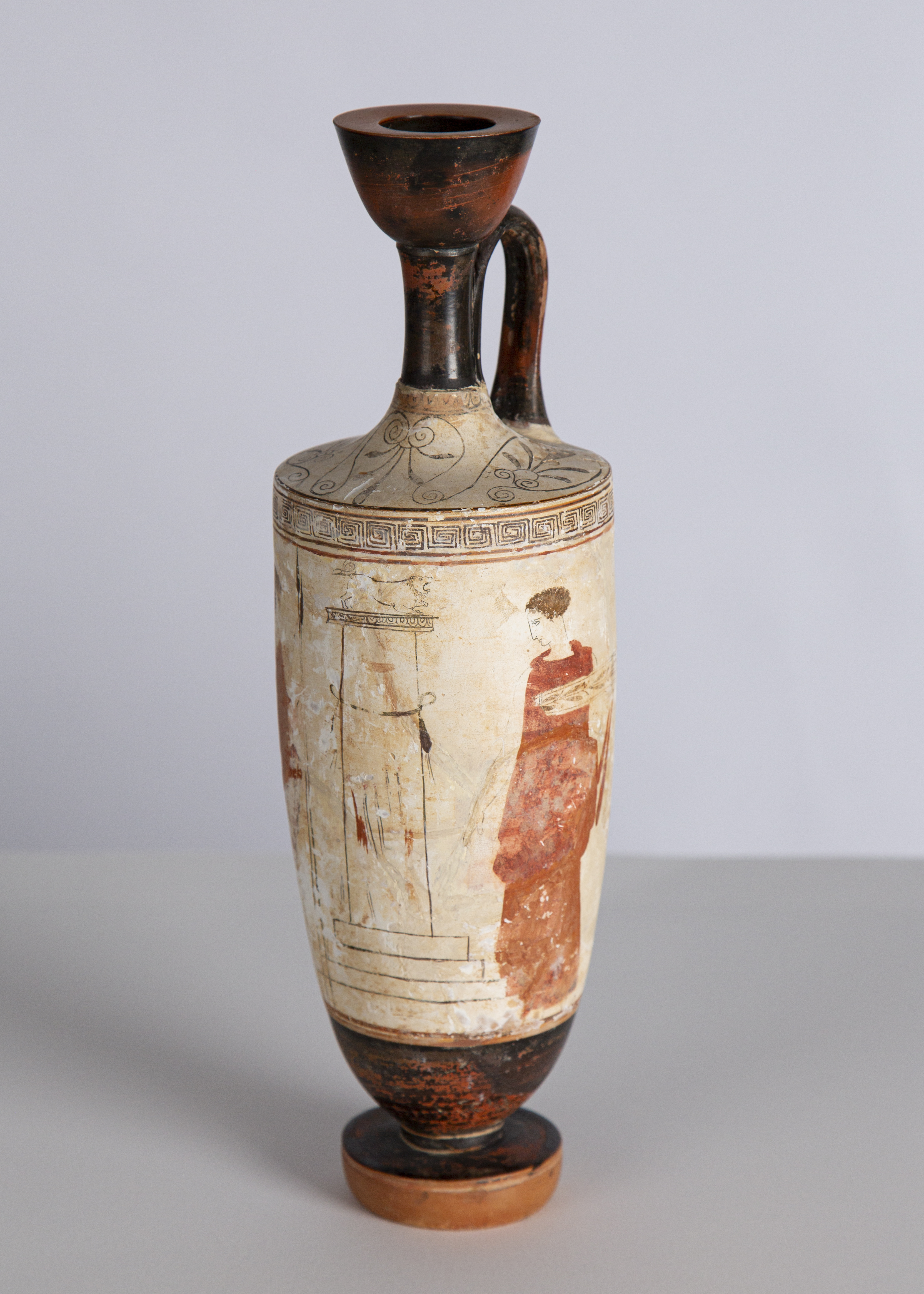
The Utah Museum of Fine Art is home to a small treasure trove of ancient art objects from the Mediterranean including several beautifully adorned Greek vessels from between 500–330 BCE. Among these vessels is a white ground oil flask called a Lekythos which took a fantastic journey to get to the UMFA, read more about that in the At the Heart of It All blog. The lekythos was originally part of funerary rituals and was created using a lead-based white pigment. This technique allowed more detailed and realistic imagery than black-figure ware and red-figure ware but was prone to flaking meaning. This means that good examples of white ground technique like this one, are rare today!
The UMFA collection also includes black-figure ware (in which figures are drawn onto the natural clay surface with black pigment, and details are incised into the black afterward) and red-figure ware (in which figures are outlined in black, and the background is filled with the same black pigment, leaving the figures the natural red of the clay surface.) Keep these fun facts in your back pocket to impress your art viewing companions at the Kemper Art Museum!
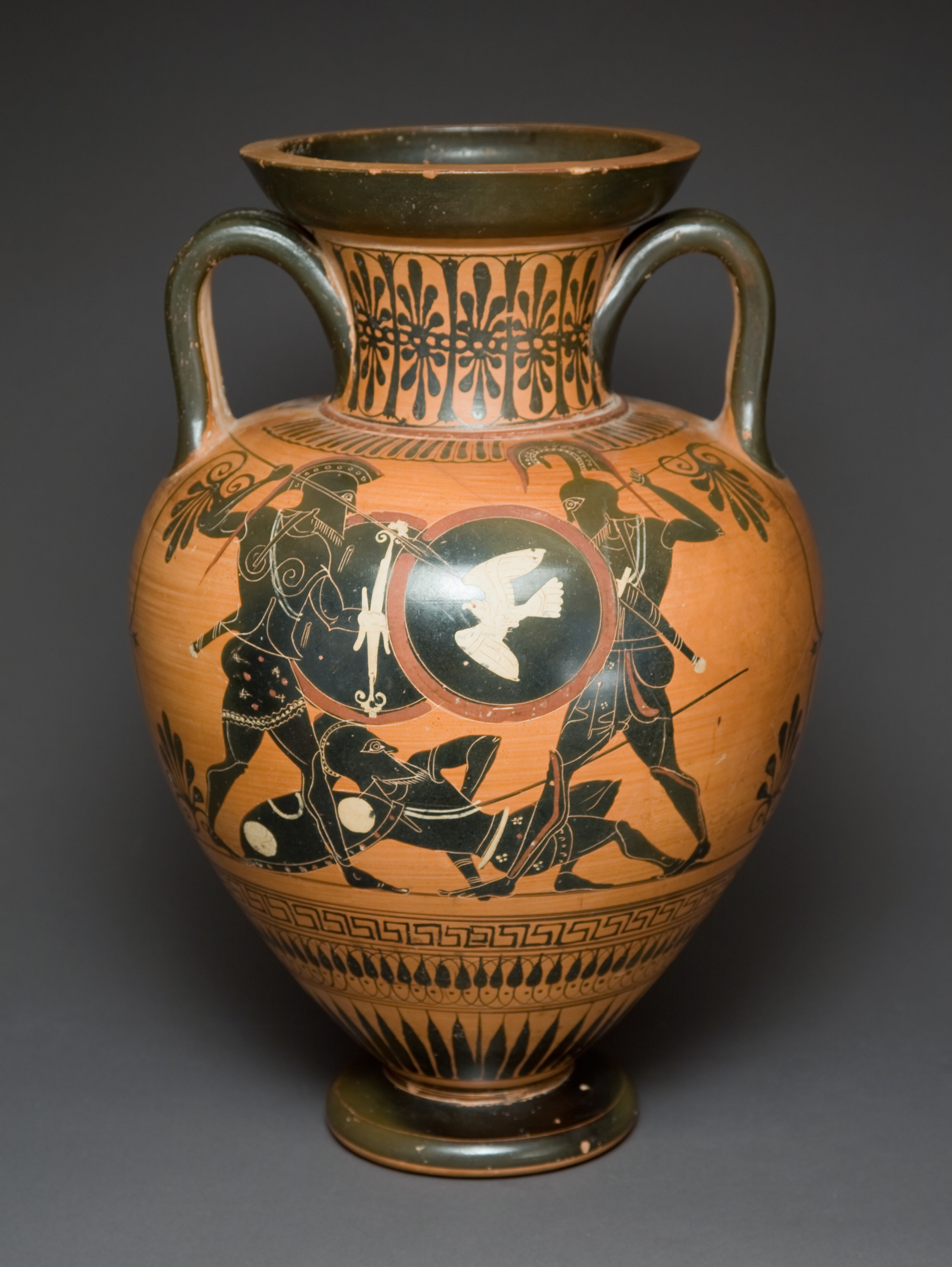
The Kemper Art Museum in Missouri has a strikingly similar treasure trove! Their collection of Greek vessels nestled in their Stair gallery offer “a glimpse of the chronological, geographic, functional, and stylistic variety of ancient Greek painted pottery. What similarities and differences do you see in the vessels at the UMFA (above) and the vessels at the Kemper Art Museum (below)?
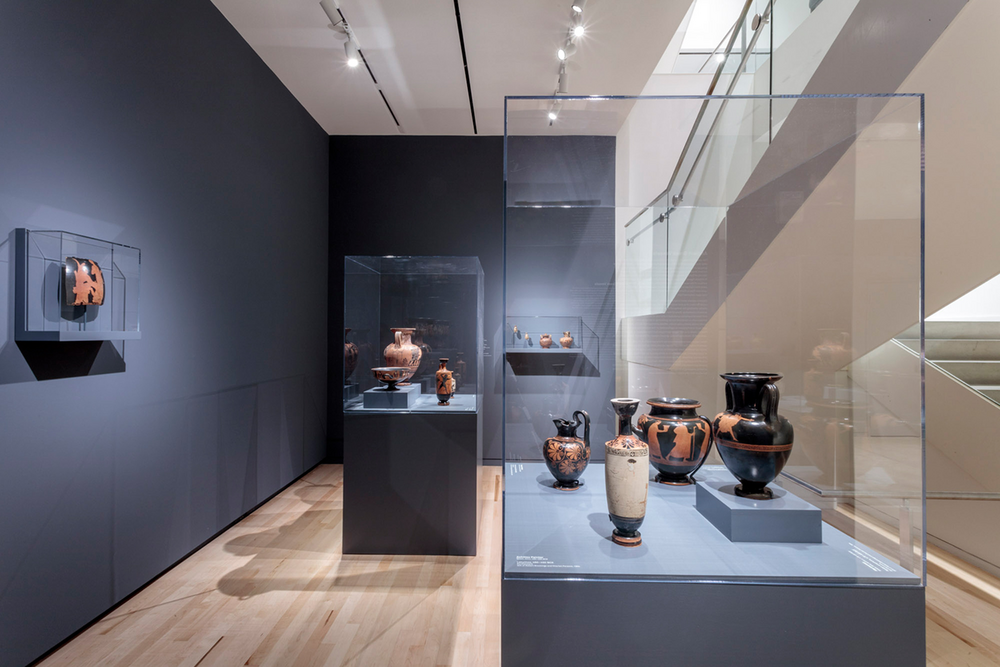
Oklahoma | Oklahoma City Museum of Art
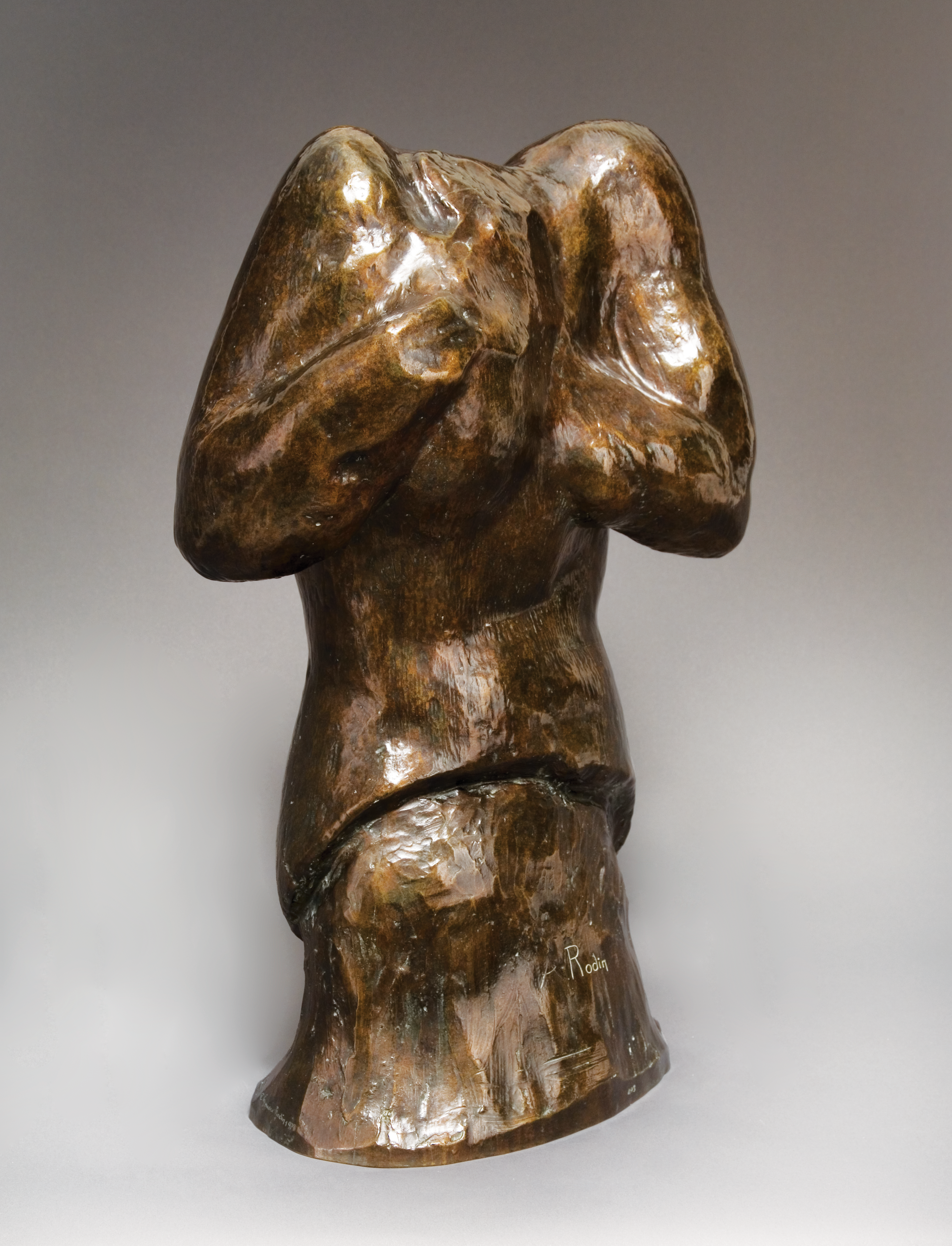
French artist Auguste Rodin is often referred to as the father of modern sculpture. Rodin challenged the idea of the ‘the idealized nude’ as regarded as the standard by renaissance artists and influenced by Neo-classicalism. Rodin’s works are often rough-hewn like his 1914 work Torso of Woman which is currently on view in the European Art gallery on the second floor of the Utah Museum of Fine Art. What does the posture of Torso of Woman communicate? Could the same feeling be evoked the same way in another more realistic style? How does it compare to The Three Shades below?

Torso of Woman at the UMFA is about 2 feet tall, in contrast The Three Shades at the Oklahoma City Museum of Art (OKCMOA) is over 6 feet tall! The Three Shades on view at OKCMOA through August 2025.
Colorado | Museum of Contemporary Art Denver
If you find yourself gravitating to the Global Contemporary gallery at the Utah Museum of Fine Arts, then you’ll love the Museum of Contemporary Art, Denver (MCA Denver) in Colorado! At the UMFA you can enjoy works from artists like Chakaia Booker, Robert Smithson, and Fritz Scholder with new contemporary works on view as the gallery rotates regularly. Similarly, MCA Denver has new exhibitions every 2-4 months!
MCA Denver is a non-collecting organization providing a platform for contemporary art. According to their website “MCA Denver is paving a new path for a 21st century museum that is both/and: both advancing the field of contemporary art and providing a platform for creative expression in the broadest sense. The museum presents both world-class exhibitions and quirky events, serious lectures and epic parties. They are both sophisticated and unpretentious.”
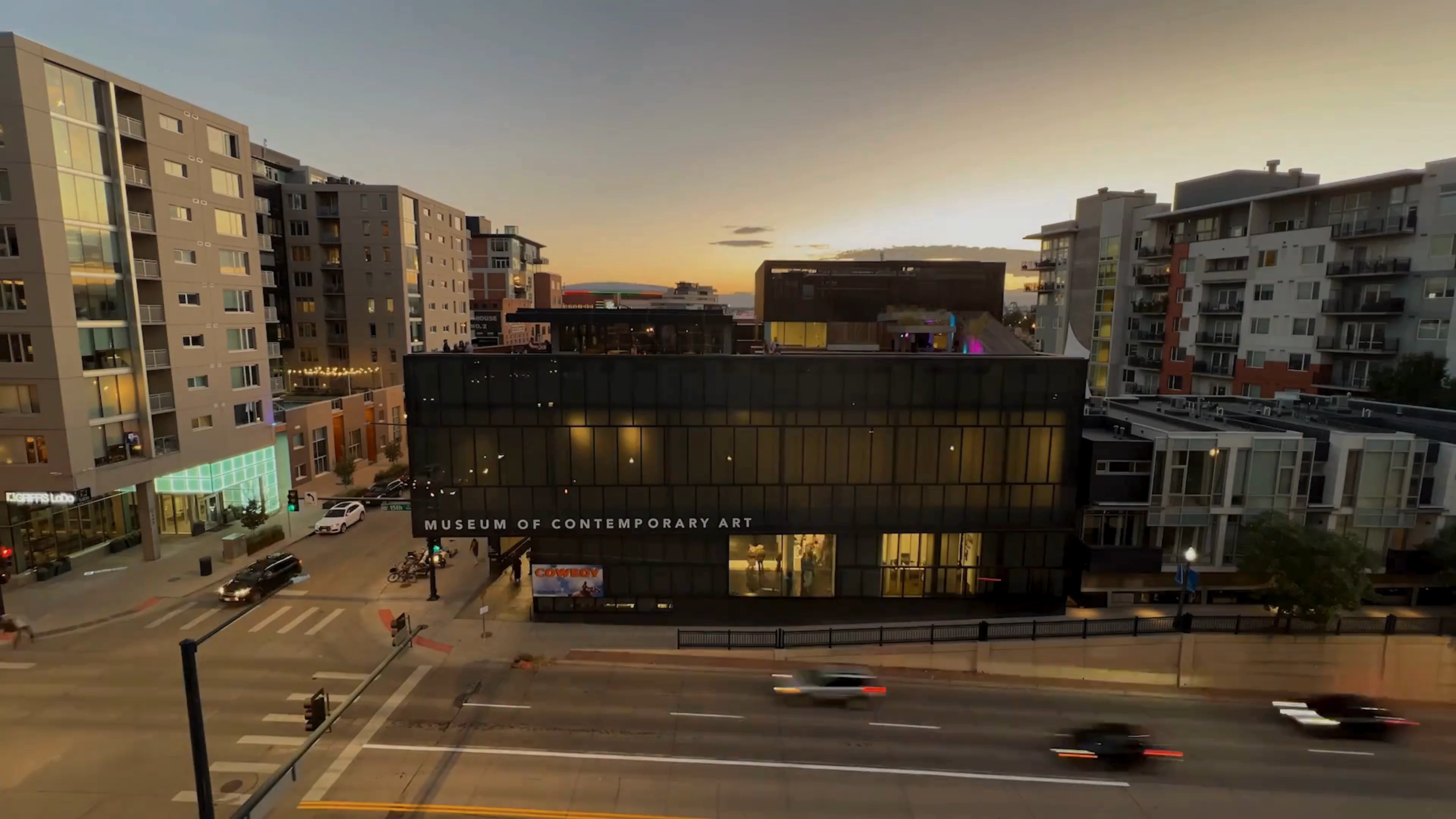
Utah | Utah Museum of Fine Arts (Home Again, Home Again)
Home is where the heart (and the UMFA) is. After a cross-country road trip, it’s nice to kick your feet up and settle back into familiar sights, at least until the wanderlust kicks in again. If you find yourself longing for something new, the objects on view are always rotating in the UMFA global galleries, so you can travel the world of art right from your home state.
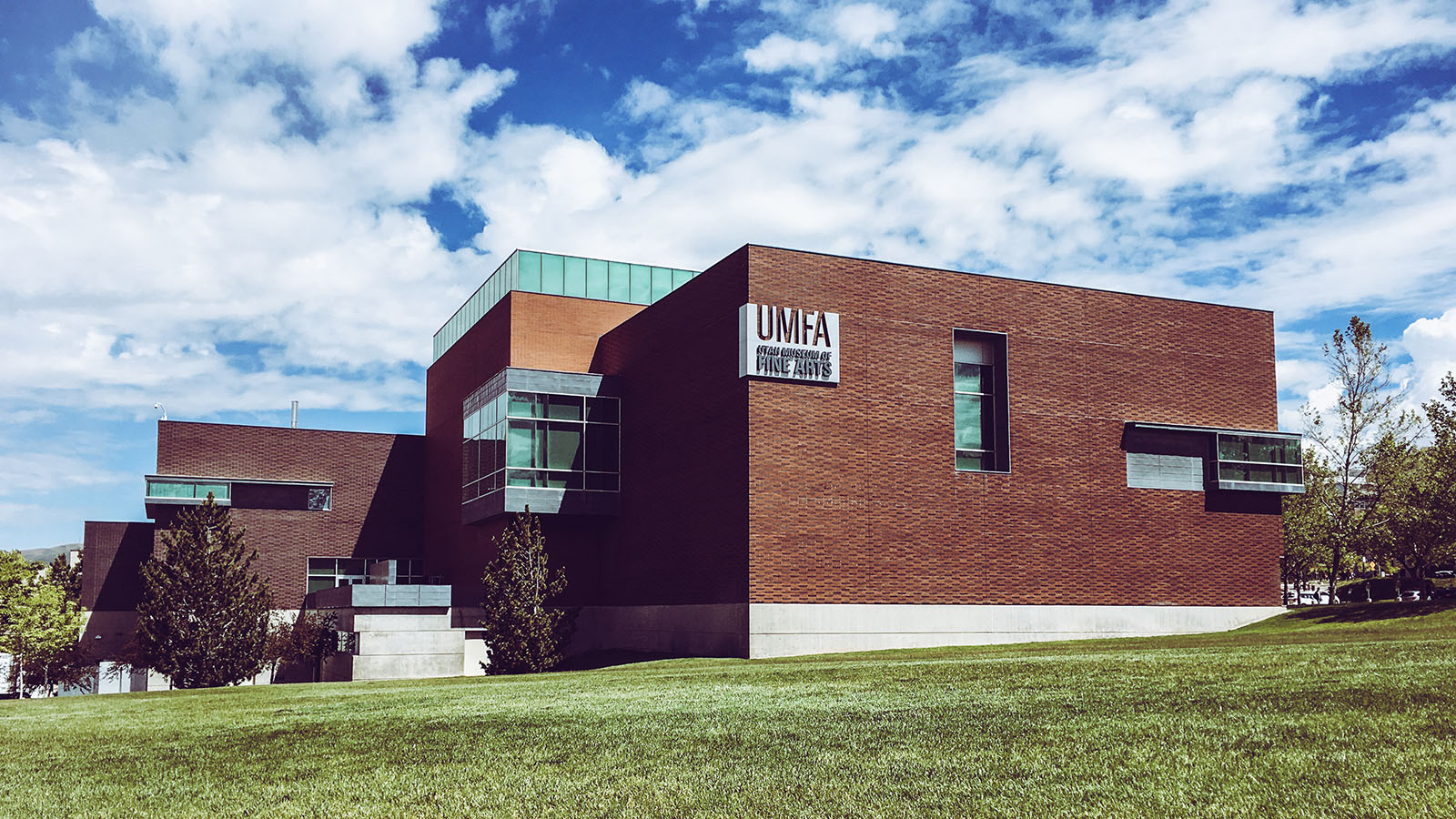
We hope UMFA members will enjoy their perks this summer! If you don’t have a membership or are thinking about upgrading your membership to a NARM eligible level, there is no better time than the present to show your love and support for art and culture. UMFA memberships support all of the work the UMFA does and on top of that, all memberships levels get you cool benefits like unlimited free admission to UMFA galleries and temporary exhibitions, 10% discount on purchases in The Museum Store and Museum Café, Complimentary subscription to quarterly, the UMFA member publication. If you’d like to visit the over 1,400 participating NARM institutions for free, consider a membership at a participating Narm institution like the ones on this route!
This road trip barely scratches the surface of the opportunities and benefits unlocked by a UMFA membership. If you’re traveling this summer take a peek at the extensive list of participating NARM institutions near you; you may just find a new second-favorite museum! (We’re confident the UMFA will always be your first-favorite.)
Safe travels and don’t forget to tag @utahmuseumoffinearts in your road trip selfies so we can share your adventure!
